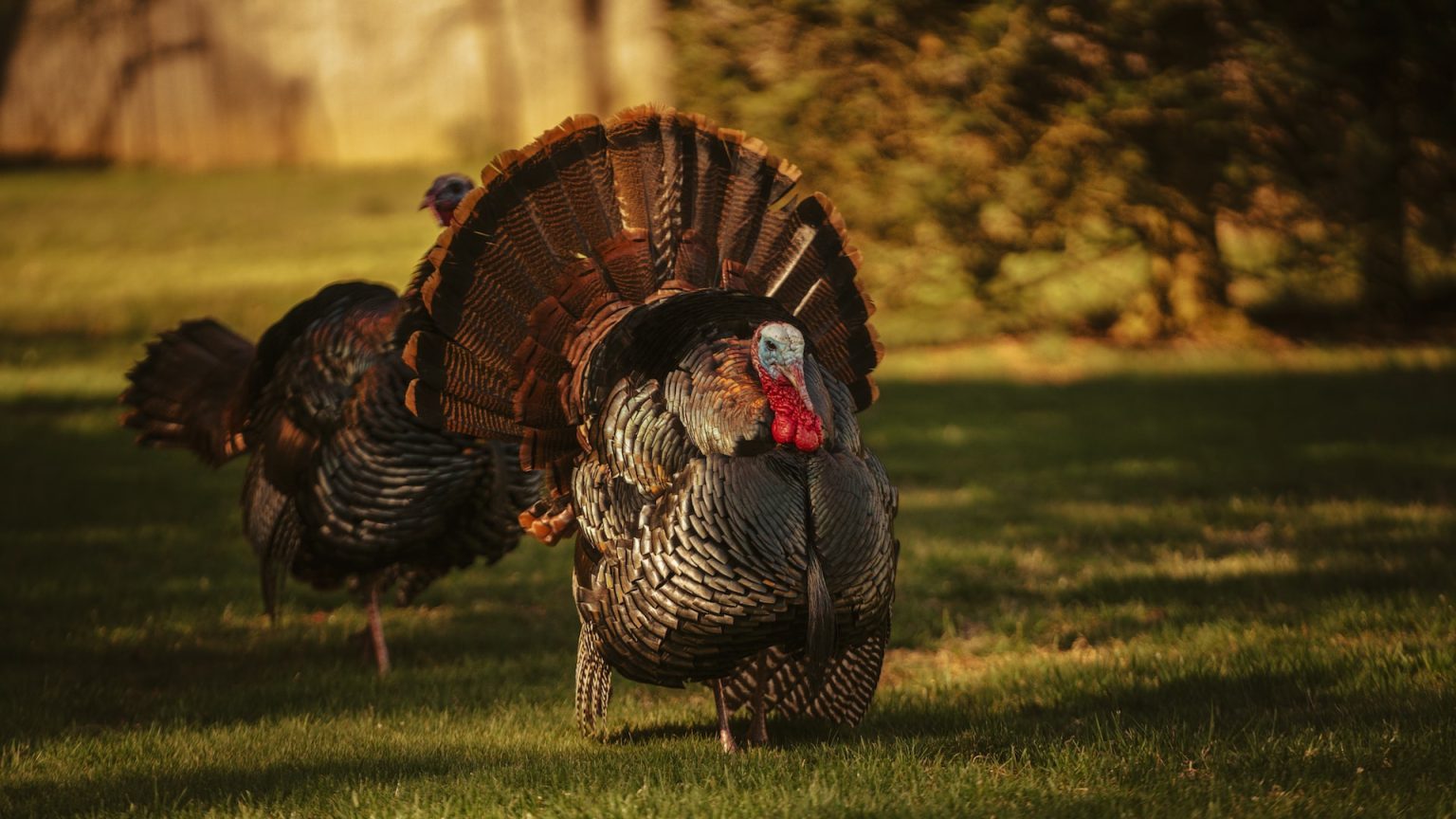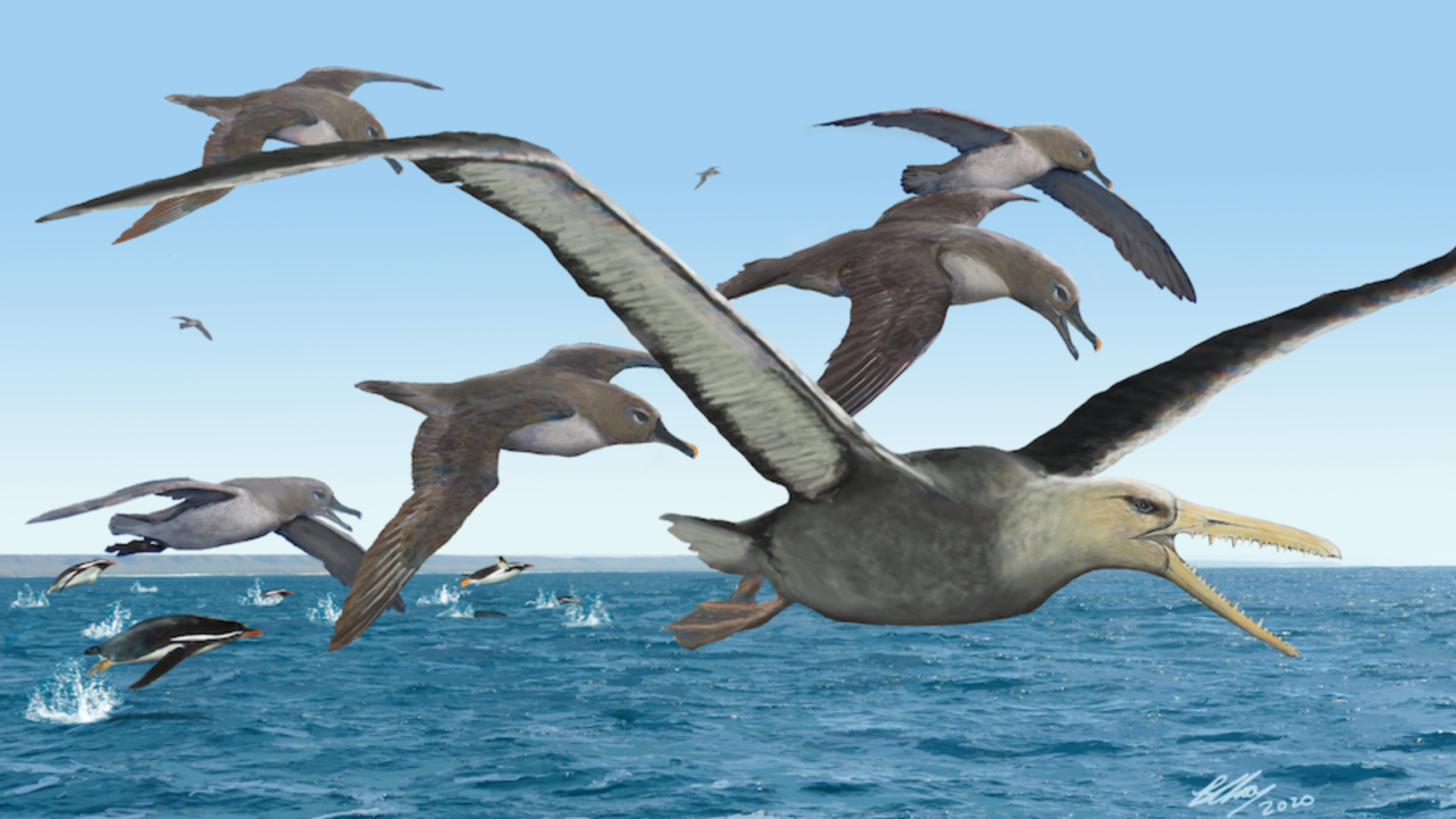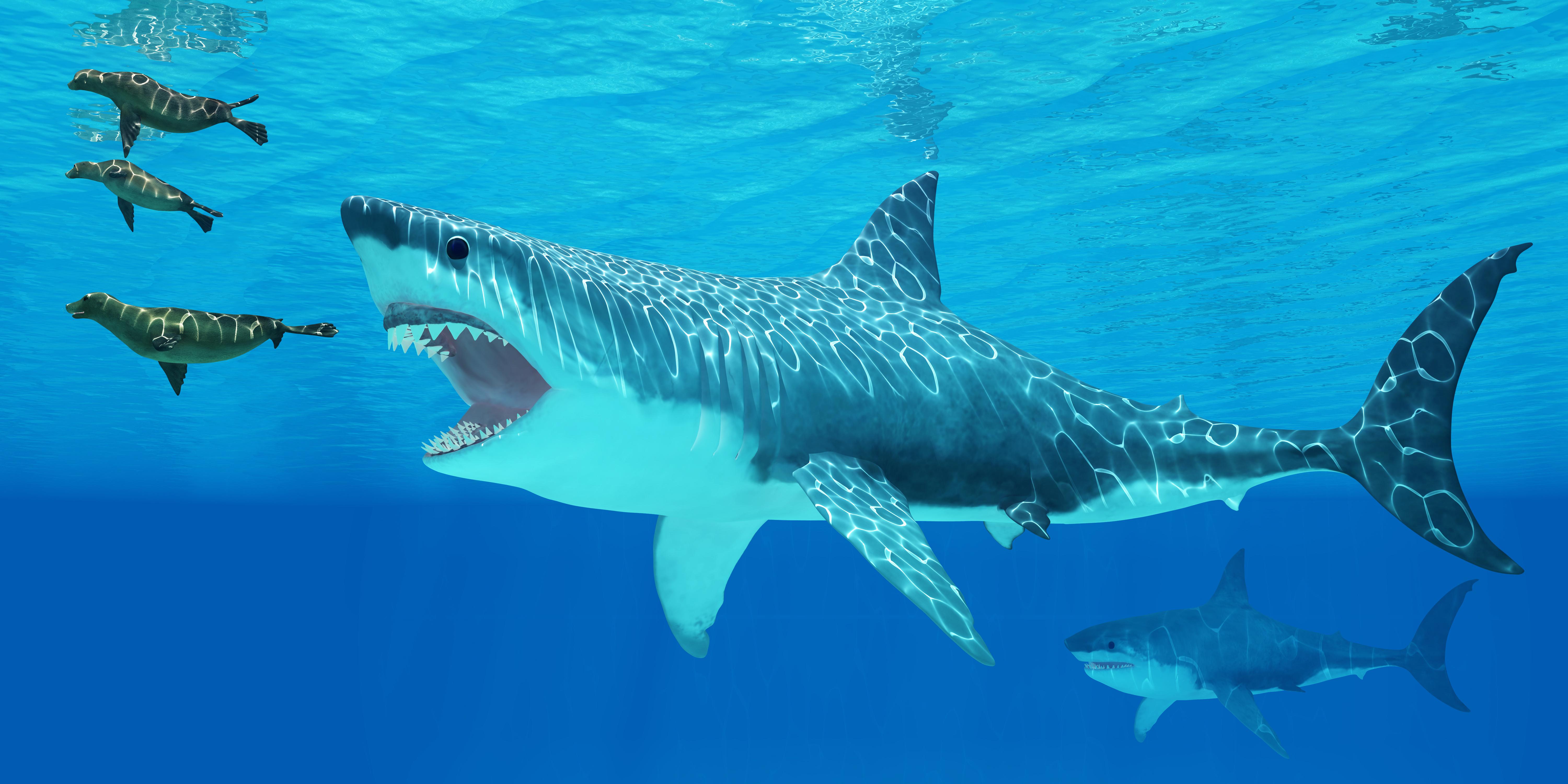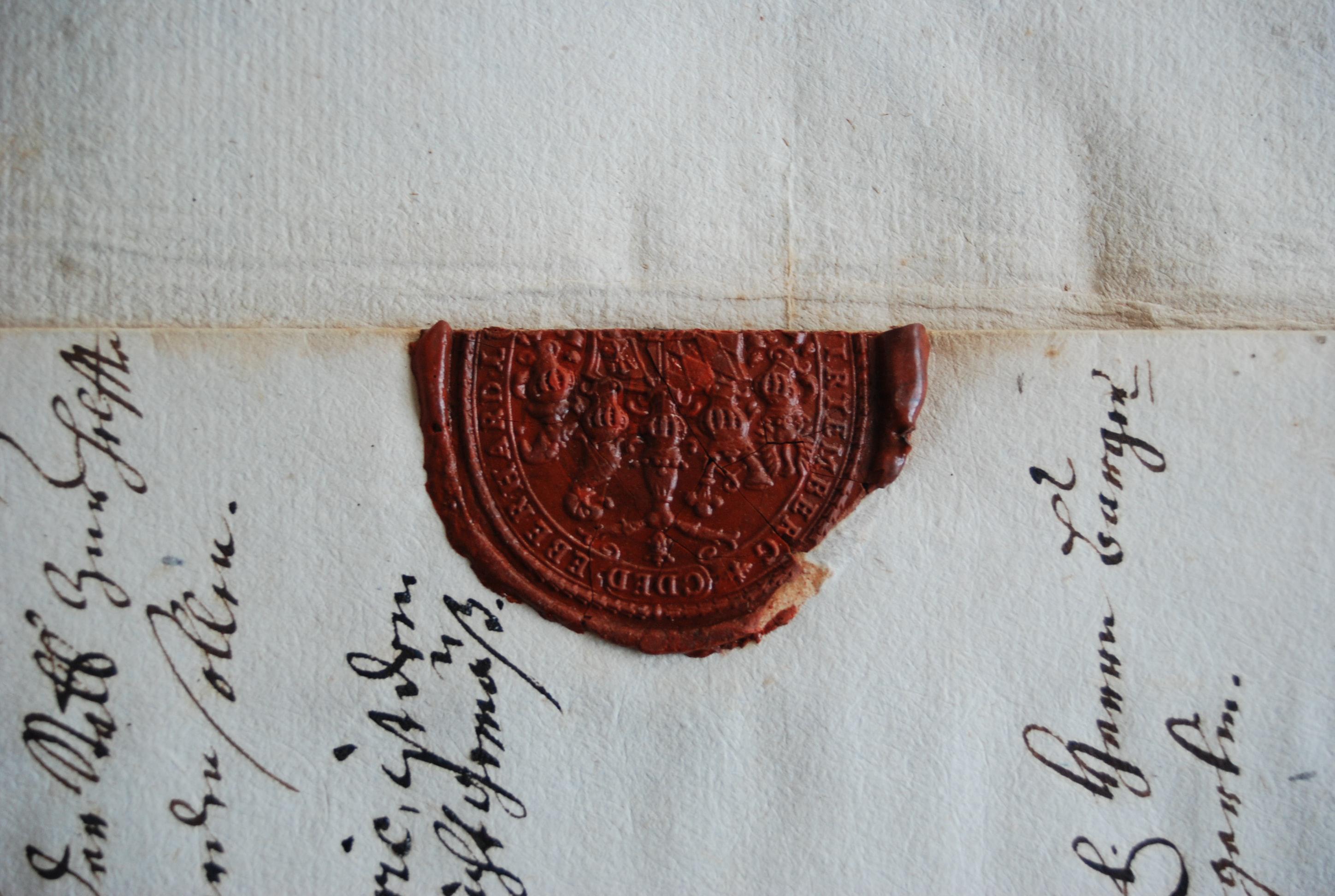Orlando’s first major attraction was an angry swan named Billy

In early 20th-century Orlando, everybody knew Billy Swan. He was a bad boy in high society, his romances and jealous spats detailed in the pages of the newspapers. He wasn’t particularly nice—he was a snob and a bully and a suspect in the death of his mate, Sally—but he was also an Orlando pioneer, the patriarch of a well-respected Lake Lucerne family. And, he was, well yes, an enormous white bird.
“He was the OG swan of Orlando,” says Pamela Schwartz, executive director of the Orange County Regional History Center. It’s a lofty title in the town that has proudly nicknamed itself “Swanlando” and claimed the birds that float gracefully across its water-filled sinkholes as unofficial municipal mascots. But Billy is mostly remembered not for the grace of his species, but because he was a jerk, Schwartz says, who reveals a certain fondness for the century-old bird. “If he had just been a normal dude swan, it probably wouldn’t be such a big deal, but because he was awful and has this beautiful and treacherous and romantic story, it just has to be told.”
Billy and Sally Swan arrived in Orlando in 1910 at the invitation of Charles Lord, an Englishman who had taken up residence in the city in 1885, as Orlando was in transition from its first days as a rough-and-tumble frontier town to “the City Beautiful,” and an early American tourist destination. It is said that Lord was homesick for London and the sight of swans on the Thames, and that he wanted to recreate the scene in his Orlando neighborhood of Lake Lucerne. It’s a little unclear if Billy and Sally could, as legend has it, trace their roots back to the King of England’s flock (some evidence points to less lofty origins in Connecticut), but the lovebirds quickly became Orlando royalty.
Billy’s dark side was also immediately evident. He and Sally had been accompanied to Orlando by two black swans, whose names have been lost to history. He terrorized the other couple until they were moved to another lake. (Both black swans died not long later. There are conflicting versions of their deaths—by alligator, dog, or reckless boy—but every one is violent.) Left alone to rule Lake Lucerne, Billy and Sally raised countless cygnets over the years, always sharing parental responsibilities; one sat on the nest while the other swam and ate. One day, it is said, Billy returned to the nest to find that Sally had already left. The gossip was that Sally had stepped out with a younger swan. When Sally turned up dead shortly thereafter, Billy was accused of grabbing her by the neck and drowning her.
That Billy had a temper was already evident. Though he was believed to be in his late 60s or early 70s by the 1920s, he did not hesitate to pick a fight with children on their way to Delaney Elementary School, or even with the cars driving down Orange Avenue. The “King of Lake Lucerne” had become the “Tyrant of Lake Lucerne”—and seemed all the more beloved for it. Tourists from the north made a point to walk the paths around the lake, hoping for an encounter with the surly bird.
When, in September 1932, Billy—believed by then to be about 78—fell ill and was rushed to the Orlando Dog and Cat Hospital, both the Orlando Sentinel and the Orlando Evening Star had reporters present for his swan song. “Everything possible is being done,” the doctor J.L. Ruble reassured the public, despite seeming a little put off that his miserable patient might actually survive. Indeed, just a day later, perhaps “because he is too mean to die,” the Orlando Evening Star opined, Billy staged a comeback.
But while he was gone there had been a coup on Lake Lucerne. Billy’s new mate, Mary, was “swimming around” with Charlie, a young newcomer, who had no trouble besting the ailing Billy in fight after fight for dominance. In his last months, Billy was exiled to Lake Eola, where he died in late January 1933, likely from overeating, another of his vices. “Perhaps no other swan in this nation was as famous as Billy,” the Orlando Sentinel wrote in his obituary. The paper then moved on to predicting which of Orlando’s swans would replace him in prominence.
They were too hasty. Death did not end Billy’s reign. Shopkeeper Charlie Morgan announced that he would have Billy taxidermied and displayed in the window of his store near Lake Lucerne—W.H. Swan & Co. And when the shop closed a few years later, Billy, looking just as intimidating as ever, in a custom-made glass box, was moved to the lobby of the Chamber of Commerce building, before being added to the collection of the Orange County Regional History Center.
Today Billy has darkened a bit from age and, when he’s not on display in the history center museum, a few blocks from Lake Eola, he needs support to help his slender legs carry his weight. (Plus, Schwartz says, “You don’t want to stick your head in his box. The smell is awesome.”) But Billy Swan is still standing more than a century after his arrival in the city. Billy’s history is the history of Orlando, says Schwartz. “You can tell the whole story through Billy the Swan.” And you can see his legacy on the city’s lakes, where elegant white swans thought to be Billy’s descendants still swim.
This article originally appeared on Atlas Obscura, the definitive guide to the world’s hidden wonder. Sign up for Atlas Obscura’s newsletter.





